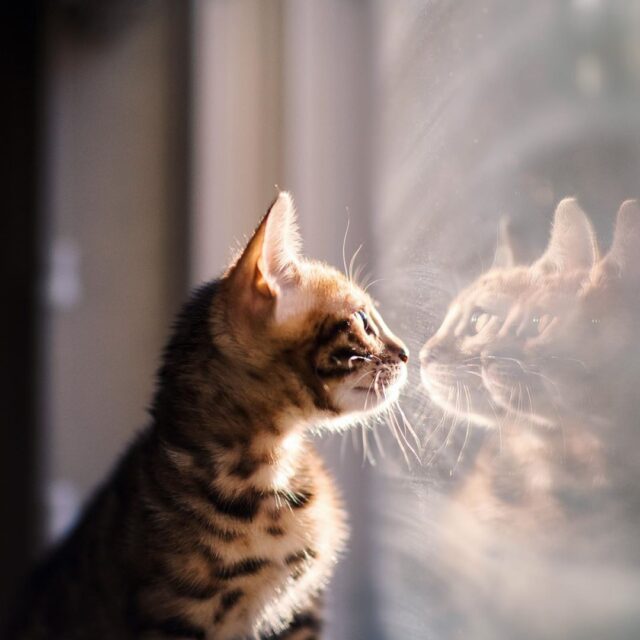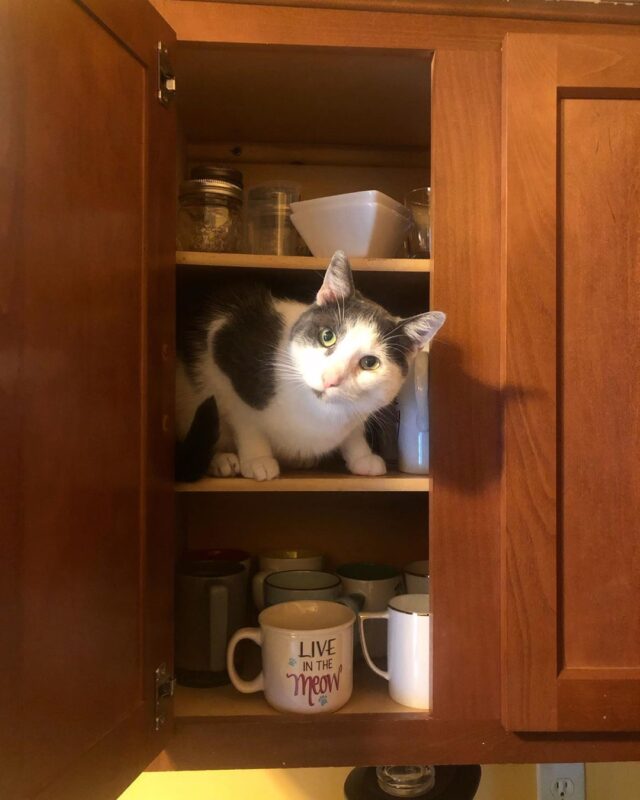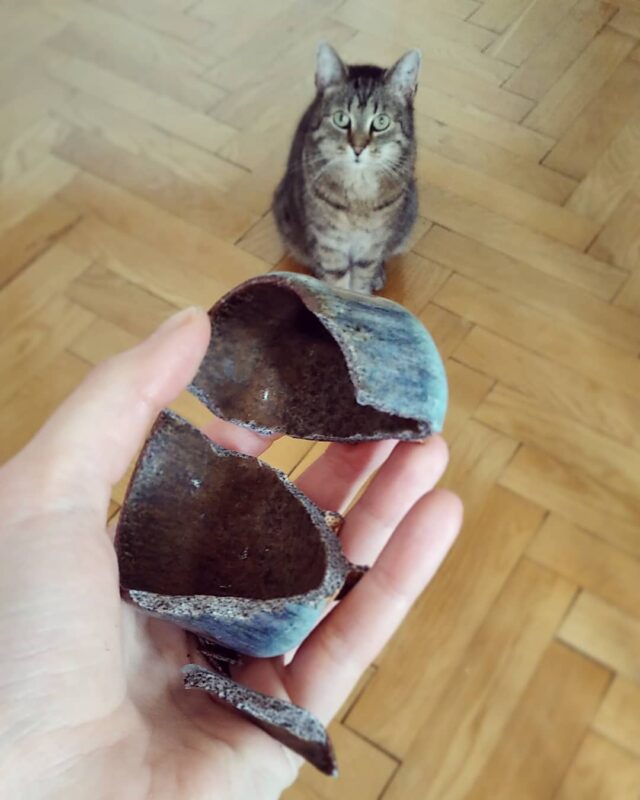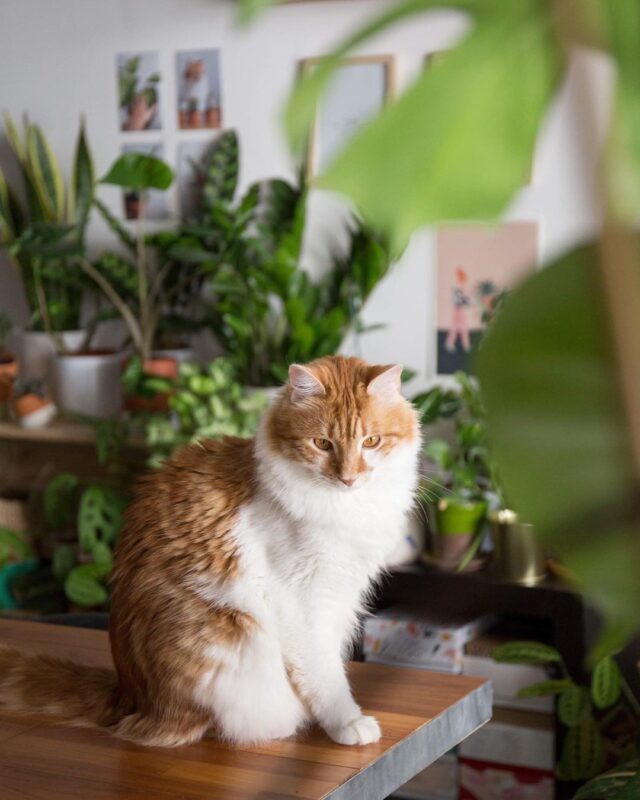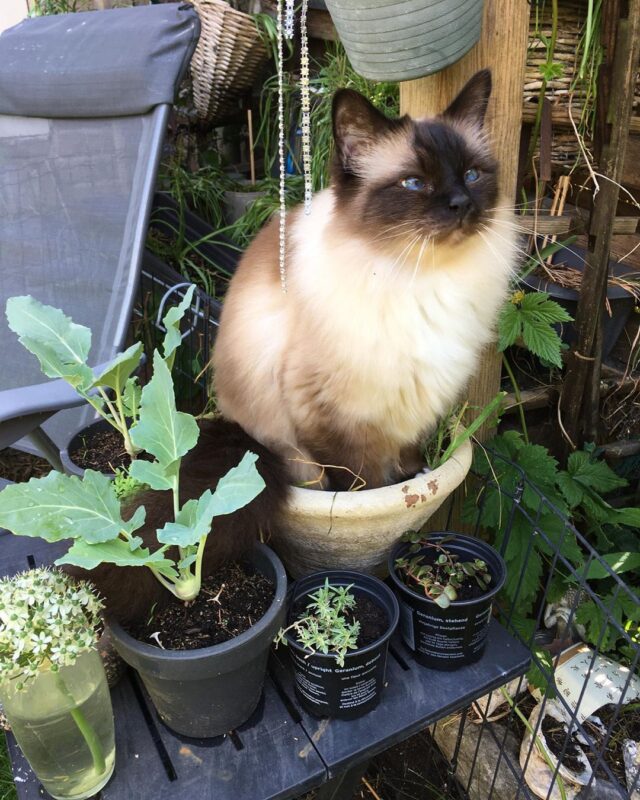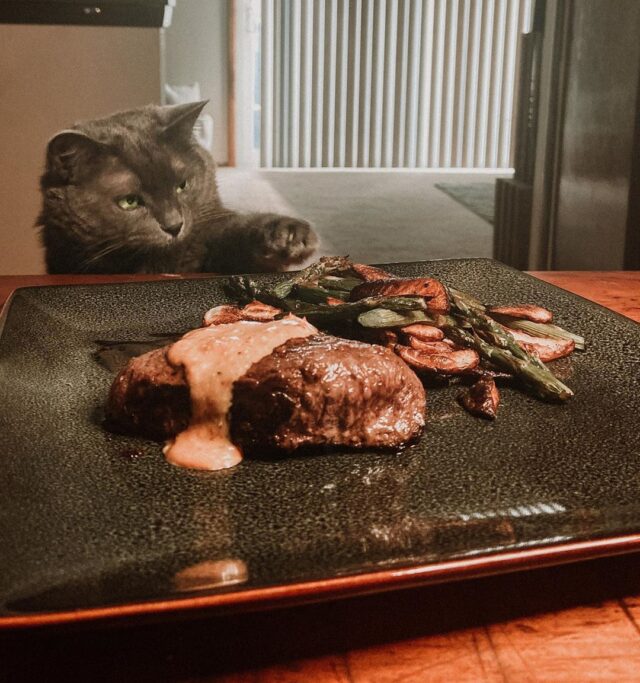When kitties get curious, trouble can happen, but if you’ve taken steps to cat-proof your home, the deepest of feline investigations will be just fine. Whether welcoming a new cat, updating safety in the house, or moving to a new home, there’s much to consider when making your home safe for felines. Cats can wiggle themselves into disaster in a hurry, but you can head off problems by simply having a look around the house, searching out potential problems. You know your kitty better than anyone, so you also know what trouble they’ll most likely seek.
With a little thought and some simple steps, you can keep your cat happy and safe!
Cat-Proof Your Home to Keep Furry Family Safe
Secure Cords of All Kinds
Electrical Cords
Cats have an odd attraction to the cords that tie us to our technological world. Some of them want to lay amidst them or even play and bite at the cords. Either way, cats need to be kept away from power cords of all kinds as a punctured or broken cord can result in electrical shocks. Hide cords under furniture or purchase cord protectors to keep them away from felines. Also, unplug any items not in use and wrap up the cords to keep your cat from playing chase with what they view as a toy.
Window Covering Cords
Don’t forget the cords on blinds and drapes. These dangly strings can be enticing, but seriously dangerous. A cat that becomes entangles in a window blinds cord risks strangulation. Keep cats safe by adjusting cords to lengths your cat can’t reach.
Lock Your Cabinets to Keep Curious Paws Out
You may think toxic substances, like medications and cleaning supplies, are safe from cats when kept in cabinets, but kitty paws are curious and dexterous. A combination that can lead to disaster as chemicals, even in trace amounts licked from a paw, can make cats severely ill. Head trouble off at the pass by securing cabinets from digging paws. Child-safety cabinet locks aren’t just for the human kids. They help keep fur babies out too.
And as for things to keep in cabinets, stand in each room of your house and identify items that can cause a cat harm. Most every room in a house has a cabinet of some sort, whether installed or part of the furniture.
To cat-proof your home, collect the following items and stow them away in those safety-locked cabinets:
- All medications, whether prescription or over-the-counter
- Cleaning supplies
- Poisons and fertilizers
- Razors, trimmers, and tweezers
- Sewing materials like thread, buttons, safety pins, or needles
- Scissors or box cutters
- Loose parts to children’s toys
- Craft supplies such as paint, glitter and glue
- Loose pieces of plastic wrap
- Fishing line, curling ribbon, or any easily swallowed string
- Hair ties, bobby pins, and rubber bands
Stow The Breakables in Safe Spots
Cat parents know destruction is often a result of kitty curiosity. How many of us have witnessed a cat knock something off a countertop just because they want to see what happens when the object falls. So, if you have family heirlooms or cute knick-knacks you don’t want broken, put them in spots you know your cat can’t access. Display cases or high shelves blocked off from cat advances will do fine in protecting your cat and your valuables.
Remember, broken shards of ceramic or glass can slice open cat paw pads easily, so prevent injury by stowing breakables in your efforts to cat-proof the house.
Secure Windows Before Letting Your Cats Enjoy the Breeze
When taking the time to cat-proof the house, don’t forget the windows. Cats love the fresh breeze coming through an open window as much as we do. But window screens are only a thin barrier between safety and the outside world. Before opening windows, be sure there’s a screen in place and latched tightly.
Also remember, feline claws can make short work of a window screen, giving your cat sudden access to the outdoors. Plus, the weight of a cat draped up against a window screen can cause the mesh to give way and a snoozing kitty could tumble out to injury. The starting of a loud appliance might cause a cat to spook and fall from an open window.
But windows and screens can be reinforced to prevent escape or accidents. Metal screening and grids can be installed across windows to add a sturdy barrier between cat and screen. There are also specially made guards for keeping cats and dogs safely inside windows. Floppycats.com also suggests magnetic screening or child-safety window locks.
Cat proof screening is relatively inexpensive and can be installed DIY-style.
Cover Trashcans and Assure They’re Tip Proof
A trashcan is a dangerous place for a cat, but in their eyes, the garbage can be a wonderland of toys and snacks. Filled with household trash like razor-sharp can lids and foods that can be toxic to felines, garbage cans should be equipped with snug lids that keep cats out. Sneaky kitties also know tipping the can will allow access to the treasures inside. Bearing this in mind, choose a trashcan that cats can’t knock over.
Exchange Toxic Pants for Cat Safe Ones
If you’re a plant lover, you know living with greenery and felines can be a tricky balance. Cats possess the ability to make a mess of a plant in a heartbeat, either shredding leaves and blooms or tipping the pot and strewing spilled dirt. But is your plant safe for kitty to gnaw?
There are plenty of cat-safe house plants for your house tiger to play jungle in, but the list of toxic plants is long as well. Here are 12 cat-toxic plants that should be removed when working to cat-proof your home:
- Asparagus fern
- Cyclamen
- Dumbcane
- Dracaena
- English Ivy
- Fiddle-leaf fig
- Jade plants
- Lilies (highly toxic)
- Peace lily
- Pothos
- Rubber tree (there is a variety known as the American rubber tree which is cat safe, but all other varieties are cat toxic)
- Sago Palm (highly toxic)
- Snake Plants
If it turns out you have plants on this toxic list, perhaps re-home those plants to a friend without critters.
Potting Soil
SFGate.com suggests, when choosing a potting soil for your plants, select organic or sterilized soils when you have cats at home. “Avoid choosing potting soil with added chemical fertilizers and pesticides. Fertilizer consumption can lead to serious gastrointestinal problems for a pet. Steer away from potting soil with Styrofoam in the mix also.”
Tips to Keep Cats Out of Plants
- Layer top of the pot with large stones and rocks to keep a cat from digging in the soil.
- Choose pots that won’t tip easily.
- Considers planters made from a material that won’t break into a thousand pieces if it does get knocked around by a cat.
- Hanging planters can remove cat temptation by taking plants out their reach.
- Create diversion plants for your cat, like catnip, silver vine, or cat grass.
Store Toxic Food Away from Roving Cat Noses
Cats may seem like they can eat anything, but there are actually quite a few foods humans eat which are capable of causing a cat serious harm. Further cat-proof your home by keeping toxic foods stored in the refrigerator or pantry and off the counter.
Dr. Jason Nicholas of Preventive Vet lists these foods as harmful to cats:
- Alcohol
- Any caffeinated beverages, including energy drinks
- Chocolate
- Onion
- Garlic
- Grapes, raisins, and currants
- Raw meat and seafood
- Uncooked eggs
Avoid allowing cats access to these foods as well as limiting dairy intake.
It’s important for cat parents to keep their feline family members safe and sound by taking careful steps to cat-proof the house. After all, home means security, and secure cats are happy cats!
Feature Image: @swisscats/Instagram


